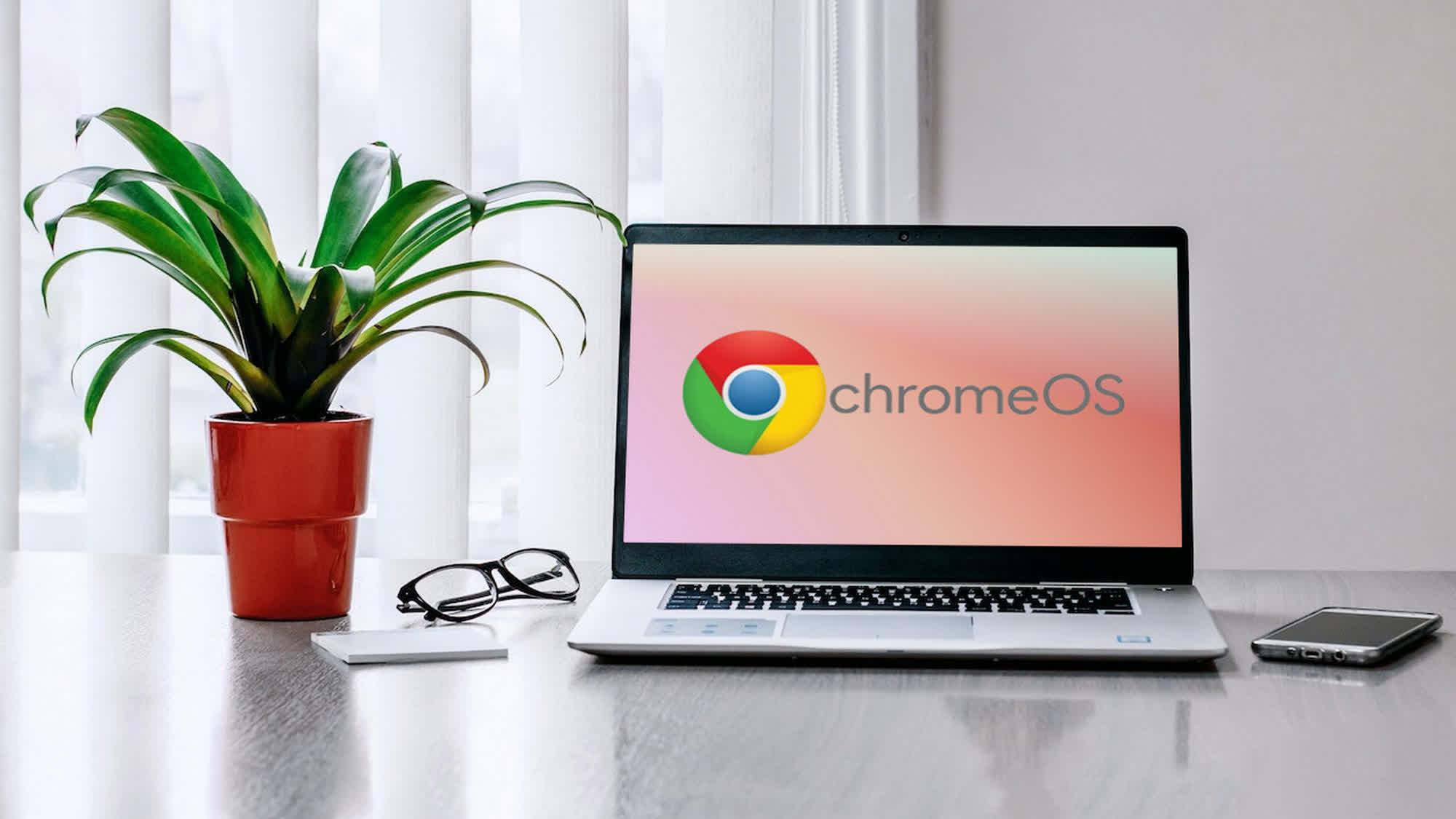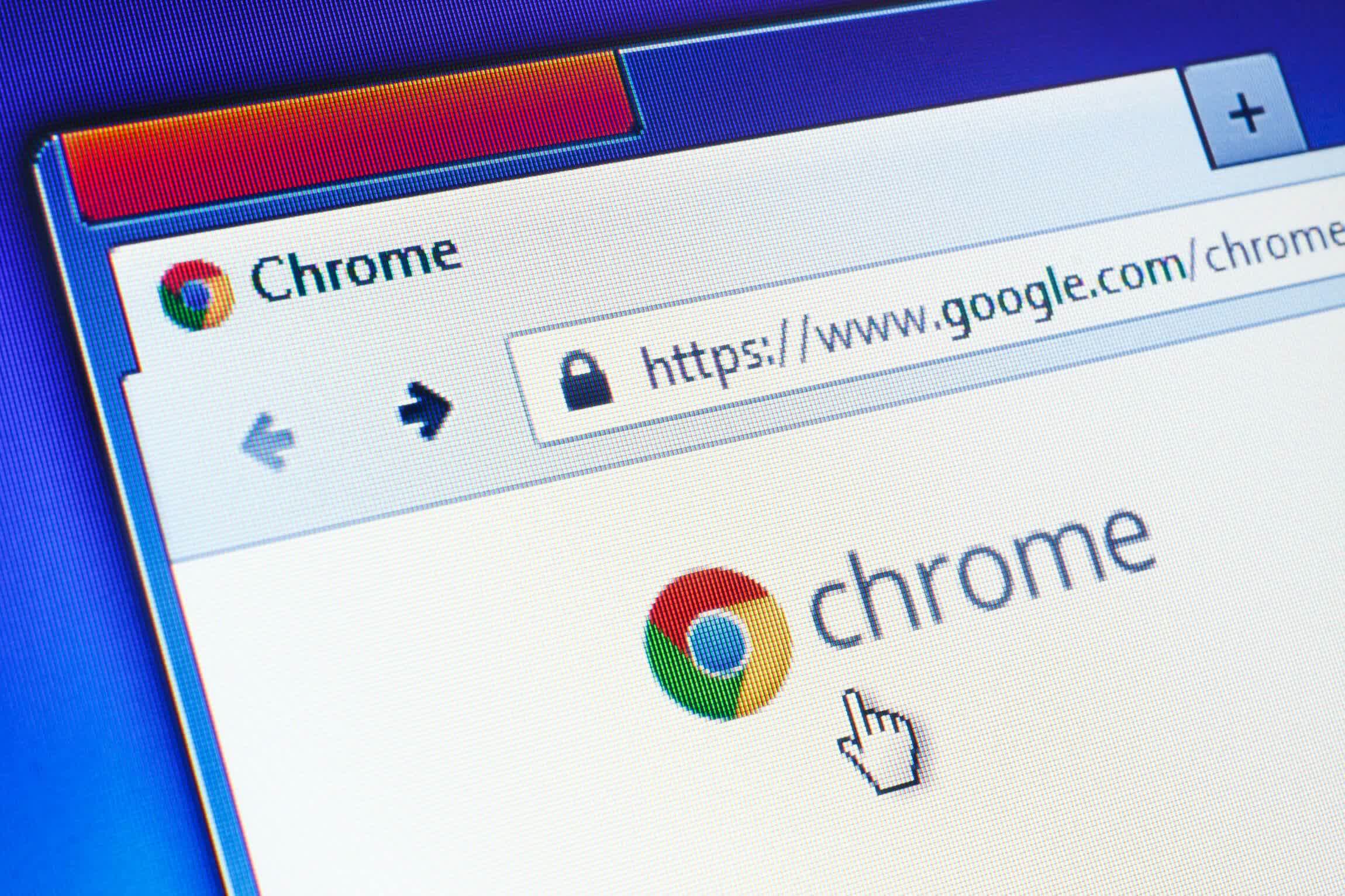What just happened? Google is reportedly all set to separate the Chrome browser and ChromeOS on Chromebooks, and it's using Linux to do so. The move has been in the making since at least 2020, when 9to5Google spotted code changes that suggested Google is working on a new browser called 'Lacros' to replace Chrome as the default browser for Chromebooks.

Three years down the line, the project could be nearing completion, with a new report claiming that Lacros is ready for primetime. That's according to About Chromebooks, which claims recent changes in the ChromeOS codebase suggest the switch to Lacros could start with the rollout of ChromeOS 116.
Currently, devices running older versions of ChromeOS have to enable two experimental flags to 'Enabled' to use the Lacros browser, but documentation related to ChromeOS 116 reveals that things could change sooner rather than later. Once ChromeOS 116 is available widely, users may not have to manually set those two flags as the browser could be enabled automatically as the default.

The report claims that there are "there are several hundred mentions of Lacros" in ChromeOS 116 beta. However, unlike older versions of the OS, manually setting the new browser as the default is no longer an option, as one of the two flags is missing. While this may just be a cleanup of Lacros-related flags before the official rollout, it could also indicate that Google is getting ever-closer to deprecating the Chrome browser in favor of Lacros in the upcoming version of ChromeOS.
For folks wondering about Lacros, it is essentially a Linux version of the Chrome browser with improved Wayland support. According to Google's own documentation, Lacros stands for 'Linux And Chrome OS,' and is expected to offer users the same experience as running Chrome on a standard Chromebook.
Switching from Chrome to Lacros as the default browser on Chromebooks is an important move for Google, and one that could ensure a more efficient update process, making it easier to deploy browser patches. As things stand now, any changes to the browser require a full ChromeOS update, which is inefficient and could be a major problem when a critical browser vulnerability needs to be patched as soon as possible. Google is looking to change that with Lacros, which is expected to make the update process easier in future versions of ChromeOS.
https://www.techspot.com/news/99657-google-removing-chrome-browser-chromeos.html